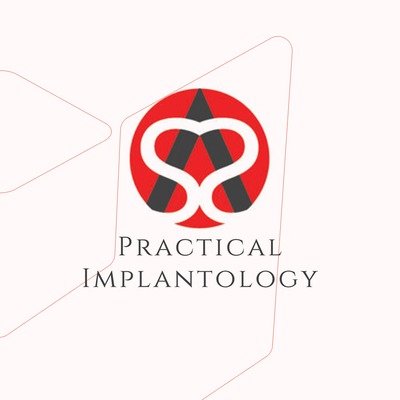
Implant Planning Mentoring
A joint clinical partnership between Voxel3Di and Practical Implantology (PI) Academy.
Practical Implantology is a UK-based implant academy founded by Dr Mukesh Soni, Dr Sam Mohamed and Dr Azhar Sheikh, sharing over 80 years of combined implant experience through outcome-based training, live patient surgery and ongoing mentorship. This service integrates PI’s clinical mentoring with Voxel3Di’s advanced digital planning workflows to support you on real implant cases in your own practice.
For each case, an experienced PI mentor reviews your CBCT, intraoral scans, photos and clinical information, co-plans the case with you, and provides a clear, prosthetically driven implant plan you can confidently execute. Every plan is documented and delivered entirely through your Voxel3Di portal.
Who is this mentoring for?
Designed for clinicians who want structured support and a second expert opinion on real implant cases.
What is included per case?
-
Full digital case review – assessment of CBCT, restorative information, intraoral scans/models and key clinical photographs.
-
Prosthetically driven implant plan – suggested implant positions, sizes and angulations with entry points and emergence profile considerations, aligned with your restorative objectives.
-
Risk analysis & alternatives – discussion of bone availability, sinus and nerve proximity, cortical plates and where appropriate, alternative positions or approaches.
-
Structured documentation – planning summary PDF, annotated screenshots and succinct clinical recommendations for your notes and consent.
-
Mentoring & Q&A – case-specific messaging inside the Voxel3Di portal to clarify rationale, options and execution tips.
How the partnership workflow runs
A simple three-step digital workflow, with clinical mentoring built in.
From your Voxel3Di dashboard, choose “Implant Planning Mentoring” and upload CBCT DICOM, intraoral scans (STL), photos and a short clinical summary with treatment objectives.
A Practical Implantology mentor reviews the case, proposes a draft plan and discusses options with you via the portal until you are happy with the approach.
You receive the final agreed plan with screenshots, notes and clear suggested next steps – including guided surgery and prosthetic options where appropriate.
Typical clinical indications
-
Single-tooth cases in aesthetic or posterior zones.
-
Short- and long-span fixed implant restorations.
-
Immediate implants following extraction where clinically indicated.
-
Full-arch / full-mouth rehabilitation and All-on-X style cases.
-
Compromised bone volume, sinus proximity or other challenging anatomy requiring careful 3D planning.
Required files & minimum data
The quality of the mentoring depends on the quality and completeness of the data you provide.
- CBCT: recent scan with appropriate FOV and patient positioning, exported as non-compressed DICOM.
- Scans/models: intraoral scans (STL) of relevant arch(es), opposing arch and bite if available.
- Extra-oral smile and profile images.
- Intra-oral retracted views and occlusion.
- Photos of wax-ups, mock-ups or provisionals where relevant.
- Chief complaint and treatment objectives.
- Relevant medical history impacting implant therapy.
- Intended prosthetic design (single, bridge, full-arch, etc.).

